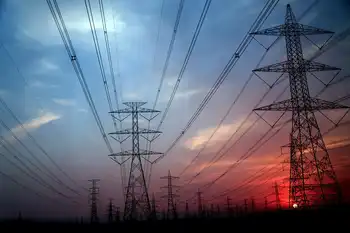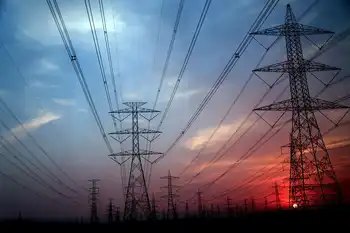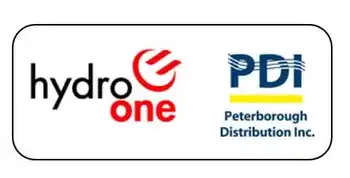Windfarms designed to withstand tornadoes
- The deadly tornadoes that tore across the South highlighted the cruel and ruthless side of wind, an energy source championed as an earth-friendly alternative to fossil fuels.
Wind industry experts say their business was largely unaffected by the worst U.S. tornado disaster since 1925, because the twisters carved their destructive path through a part of the country with almost no wind farms.
But turbines in states where twisters are common are designed to take defensive action when the benign resource they harvest turns dangerous.
"We do have safeguards against really super high winds, especially those in the Midwest," Andrew Longeteig, a spokesman for Vestas, one of the biggest turbine makers.
Wind farms, found in 38 of the 50 U.S. states, work best when air currents blow between 25 and 50 miles an hour, and the intense, volatile gusts of tornadoes can be damaging.
"Wind that screams on one day and doesn't blow the next isn't what we are looking for," said Steve Stengel, spokesman for NextEra Energy Resources, the No. 1 U.S. producer of wind energy.
Even winds stronger than 55 miles an hour are bad for a turbine and create wear and tear on complex components.
"It isn't worth it," said Paul Copleman, a spokesman for Iberdrola Renewables, the No. 2 U.S. producer.
Turbines evaluate wind speed and direction on their own and shut down automatically if currents become too fast, he said.
They are designed to cut out when their onboard anemometers begin to register winds that exceed their so-called survival speed, typically about 130 miles an hour and well below the 200 mile an hour winds in Hackleburg, Alabama.
When wind hitting the blades is faster than the survival speed, it destroys the internal workings of the turbine and can do serious damage to the blades, Copleman said.
Data centers in Oregon and elsewhere that remotely operate the turbines also monitor the National Weather Service and other meteorological sources closely.
When a tornado watch turns into a warning, meaning a twister has been spotted or is imminent, remote operators can shut down turbines and angle the blades to catch as little wind as possible.
The brunt of the devastation occurred in Alabama and Mississippi where there are no commercial wind farms at all, according to the American Wind Energy Association.
But the largest death toll from tornadoes took place in 1925, when 747 people were killed in Missouri, Illinois and Indiana — states that today are big players in the wind industry, with hundreds of turbines generating thousands of megawatts of electricity.
Longeteig said only time will tell if those farms are prepared for the kind of tornadoes that ripped through the South. Two of them were classified as Category 5 on the Enhanced Fujita Scale, the most powerful of all with winds in excess of 200 miles per hour.
Longeteig said the performance of turbines in Japan in the aftermath of the recent earthquake gave him confidence that wind farms in the Midwest would be able to survive.
"There was no damage, and they were still producing power without any downtime," he said.
"Obviously, there's always weather challenges in the Midwest, with tornadoes and flooding and severe weather in the winter," he added. "But these things are built for it."
Related News

Ontario energy minister asks for early report exploring a halt to natural gas power generation
TORONTO - Ontario's energy minister says he doesn't think the province needs any more natural gas generation and has asked the electricity system regulator to speed up a report exploring a moratorium.
Todd Smith had previously asked the Independent Electricity System Operator (IESO) to report back by November on the feasibility of a moratorium and a plan to get to zero emissions in the electricity sector.
He has asked them today for an interim report by Oct. 7 so he can make a decision on a moratorium before the IESO secures contracts over the long term for new power generation.
"I've asked the…




